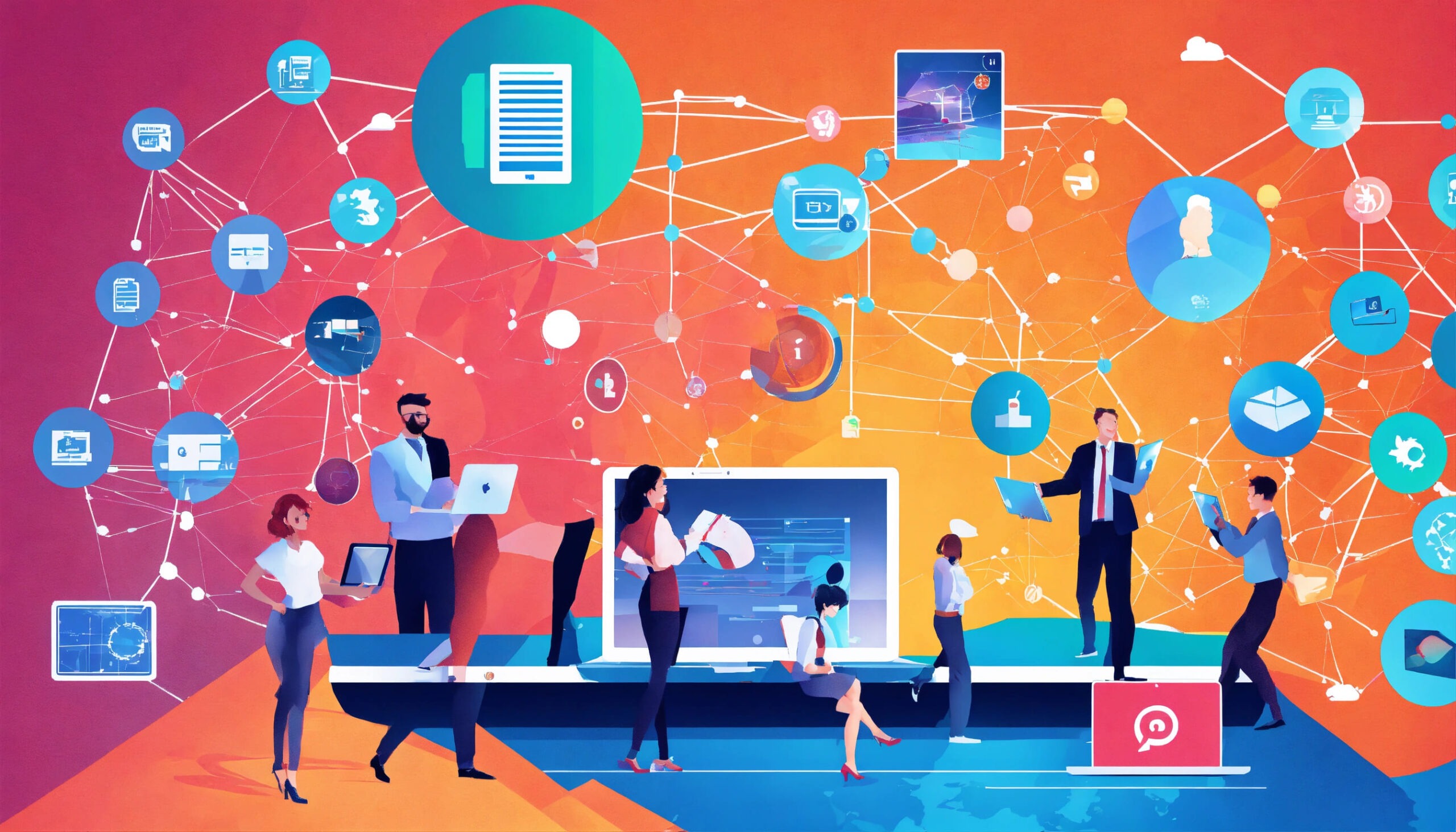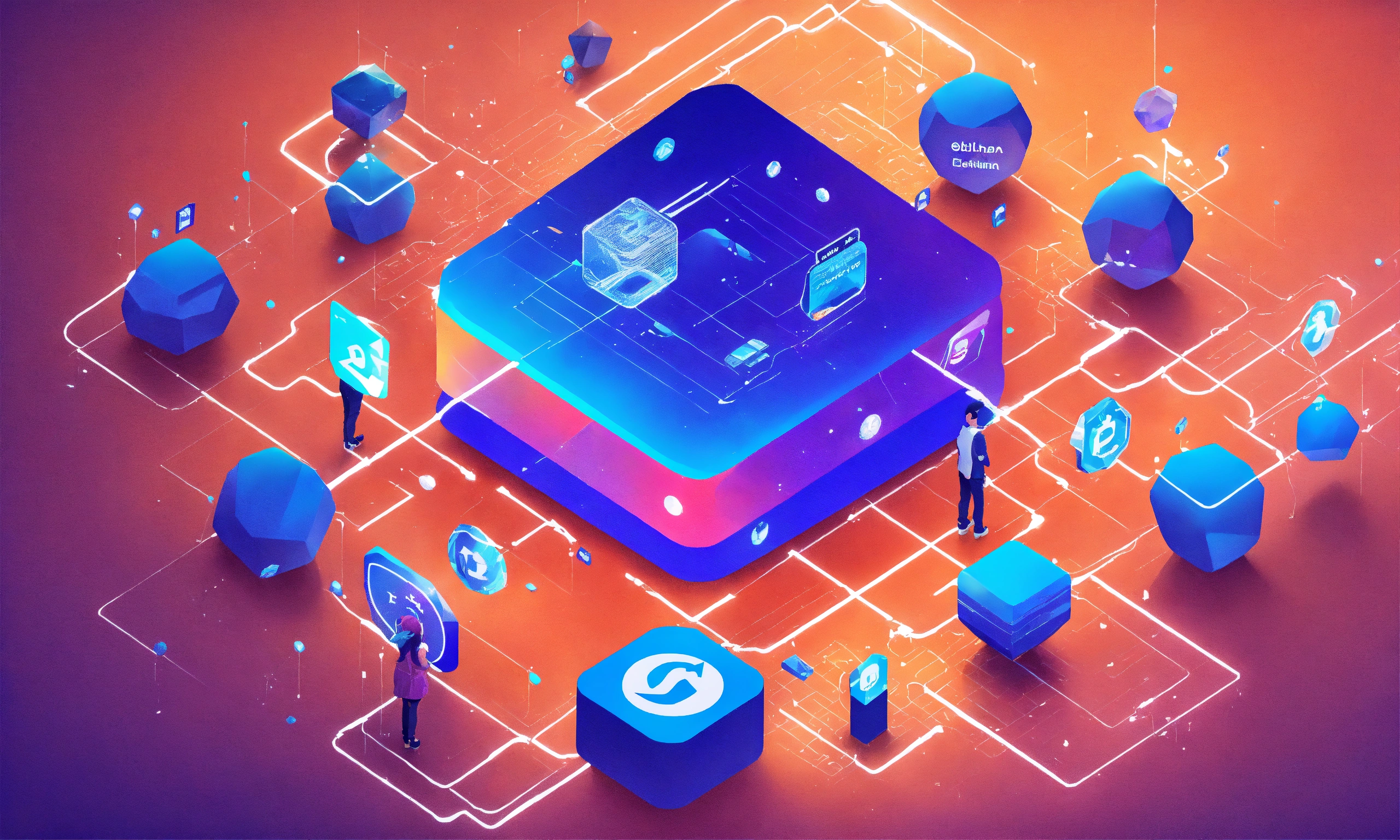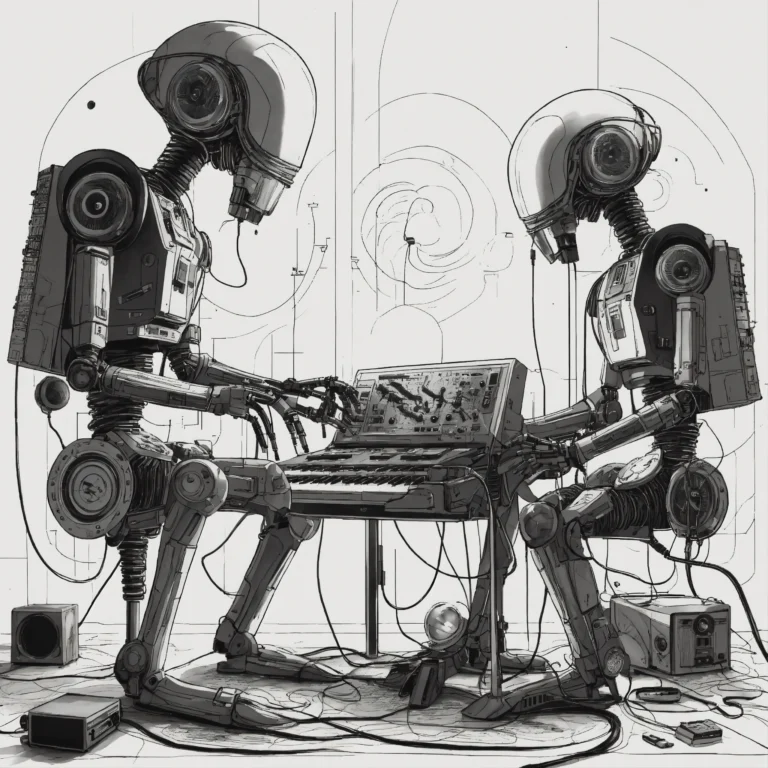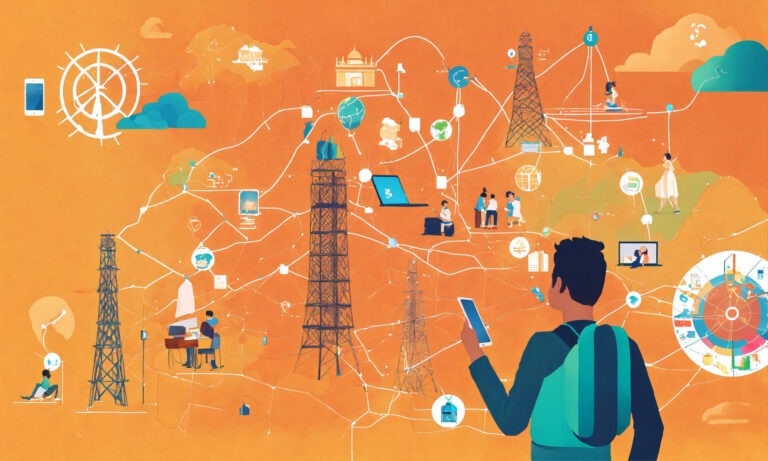There’s a transformative wave sweeping across industries, as the Internet of Things (IoT) continues to reshape how you interact with technology. In this blog post, you will explore the emerging trends and innovations that are setting the stage for the future, revolutionizing everything from smart homes to healthcare. As your understanding deepens, you’ll uncover how IoT not only enhances efficiency but also brings challenges such as security risks and data privacy concerns. Prepare to navigate this complex landscape and discover what lies ahead in your IoT journey.
Key Emerging Trends in IoT
Before exploring the future possibilities of IoT, it’s crucial to understand some key emerging trends that are shaping this dynamic field.
Edge Computing
Emerging as a game-changer, edge computing brings data processing closer to IoT devices, reducing latency and bandwidth usage. This trend enables real-time data analysis, making your IoT systems more efficient and reliable.
5G Connectivity
With the rollout of 5G networks, you can expect a significant boost in IoT performance. This technology offers higher speed, lower latency, and the ability to connect more devices simultaneously, paving the way for innovations like smart cities and autonomous vehicles.
Another vital aspect of 5G is its support for massive device connectivity, which is crucial as the number of IoT devices continues to grow. The enhanced bandwidth allows for complex applications like augmented reality and advanced telemedicine, providing you with more robust solutions than ever before.
AI and Machine Learning Integration
For IoT applications, AI and machine learning integration can unlock powerful insights from your data. These technologies help automate decision-making, making your systems smarter and more efficient.
Connectivity with AI enables predictive maintenance, which means you can address issues before they become critical, thereby reducing operational costs and improving user experience. This trend makes your IoT systems increasingly proactive, allowing you to leverage data-driven insights fully.
Enhanced Security Measures
Edge computing brings important changes to enhanced security measures. By processing data locally, you can reduce the risks associated with centralized data storage.
Security is paramount in IoT, especially as the number of connected devices rises. Implementing advanced security measures, such as end-to-end encryption and improved authentication protocols, can protect your devices from potential threats, ensuring that your data remains safe and secure.
Innovations in IoT Devices
Assuming you’re interested in the fascinating advancements in IoT technology, you’re in for a treat. Innovations in IoT devices are transforming the way we live, work, and interact with our environments, heralding a new era of connectivity and convenience.
Smart Home Technologies
Any homeowner looking to enhance their living experience will find smart home technologies incredibly appealing. These devices, such as smart thermostats, security cameras, and connected appliances, allow for seamless automation and control from your smartphone, ensuring a greater sense of comfort and security.
Wearable IoT Devices
One of the most exciting innovations in IoT is the rise of wearable IoT devices, such as fitness trackers and smartwatches. These gadgets not only monitor your health and fitness levels but also connect to your smartphone to provide real-time feedback on your activities.
Plus, wearable IoT devices are revolutionizing personal health management. They accumulate crucial data like heart rate, sleep quality, and physical activity, helping you make informed choices about your lifestyle. As they become more advanced, they’re poised to incorporate features like remote patient monitoring, which is particularly beneficial for people with chronic conditions.
Industrial IoT Applications
The potential of industrial IoT applications is immense, especially for businesses looking to optimize their operations. By integrating IoT sensors into machinery and equipment, you can gather data that enhances productivity, reduces downtime, and ultimately saves costs.
To fully harness the power of industrial IoT, your organization must embrace a culture of data-driven decision-making. This means implementing technologies that enable predictive maintenance, asset tracking, and energy management to avoid costly failures and improve efficiency. With real-time insights, you can revolutionize your operational strategies and gain a competitive edge in your industry.
Impact of IoT on Industries
To understand the full scope of the Internet of Things (IoT), you must consider its significant impact on various industries. As IoT technology continues to evolve, its integration into everyday business processes is reshaping how industries function, leading to enhanced efficiency, sustainability, and innovation.
Healthcare Revolution
One of the most transformative impacts of IoT is seen in healthcare, where connected devices enhance patient monitoring, streamline treatment processes, and enable personalized care. From wearable health monitors to smart medical equipment, these innovations facilitate real-time data transmission to healthcare providers, improving patient outcomes and empowering individuals to take charge of their health.
Transformation in Agriculture
Transformation in agriculture is another area where IoT shows tremendous promise. By integrating IoT technologies like soil sensors and automated irrigation systems, farmers can monitor crop conditions and optimize their resource use.
Plus, IoT in agriculture allows you to gather data on weather patterns, soil moisture levels, and pest control. This data-driven approach enables you to make informed decisions, reduce waste, and increase yields. As a result, IoT not only improves productivity but also promotes sustainable practices, minimizing the environmental impact of farming.
Smart Cities Development
For urban development, the concept of smart cities is revolutionized through IoT integration, where data from connected devices enhances infrastructure management and public services. This commitment to intelligence and connectivity redefines urban living.
Revolutionizing the way you interact with your city, smart cities leverage IoT to improve important services like traffic management, waste management, and public safety. This enhancement of urban life not only boosts your quality of experience but also reduces resource consumption, leading to a more sustainable and livable environment for all residents.
To wrap up
Now, as you consider the future of IoT, it’s necessary to stay informed about emerging trends and innovations that will shape your environment. From the integration of artificial intelligence to enhanced security measures, these advancements will redefine how you interact with smart devices. By embracing these changes, you can optimize your daily life and transform your personal and professional spaces into more efficient ecosystems. The journey into the future of IoT is just beginning, and your active participation will determine the success of these innovations in your world.
Q: What are some of the key emerging trends in IoT technology that we can expect in the near future?
A: Some of the key emerging trends in IoT technology include the integration of artificial intelligence (AI) and machine learning with IoT systems to enhance data analytics and decision-making capabilities. Additionally, edge computing is gaining momentum, allowing data processing to occur closer to the source, which improves response times and reduces bandwidth usage. Enhanced security measures, such as blockchain technology, are also being developed to protect IoT devices and the data they generate. Furthermore, the expansion of 5G networks is set to revolutionize IoT by providing faster and more reliable connectivity for billions of devices.
Q: How are businesses leveraging IoT innovations to improve operational efficiency?
A: Businesses are leveraging IoT innovations by implementing smart sensors and devices to monitor and manage operations in real-time. For example, manufacturers are using IoT-enabled equipment to track production lines, optimize machinery performance, and predict maintenance needs before issues arise. In supply chain management, IoT technology enables better tracking of inventory levels and delivery times, enhancing logistics efficiency. Retailers are also adopting IoT solutions to understand consumer behavior through smart shelves and connected checkout systems, thereby personalizing customer experiences and improving sales strategies.
Q: What challenges do we face in the widespread adoption of IoT technologies, and how can they be addressed?
A: The widespread adoption of IoT technologies faces several challenges, including security vulnerabilities, data privacy concerns, and interoperability issues between devices from different manufacturers. To address these challenges, industries and governments need to establish robust cybersecurity frameworks and standards to protect IoT networks from potential attacks. Additionally, regulations must be put in place to ensure data privacy and user consent. Finally, promoting open standards and protocols will enhance device interoperability, making it easier for businesses to integrate different IoT solutions and realize their full potential.





